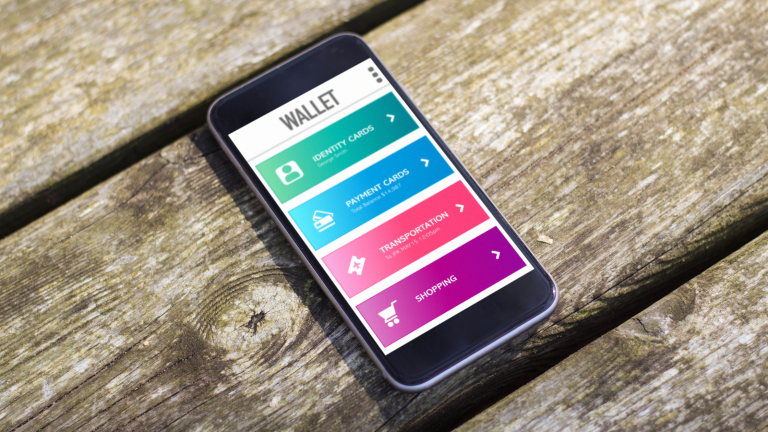Web3 innovation has unlocked powerful new models for user ownership, tokenized ecosystems, and decentralized experiences. But it still struggles with one thing: mainstream mobile adoption. Legacy dApps often require complex wallet setups, multi-step onboarding, and unintuitive flows that repel non-crypto users.
Telegram and TON are quietly flipping that script. With 900M+ monthly active users, Telegram is already a dominant distribution platform. Paired with TON’s wallet-native infrastructure, developers can now launch miniapps directly inside Telegram with smooth UX, instant login, and built-in crypto functionality. This convergence has led to breakout apps like Notcoin, TapSwap, and Hamster Kombat, each onboarding tens of millions in weeks.
If you’re building for the Web3 mobile frontier, here are five strategies to help your miniapp scale quickly and natively inside Telegram + TON.
1. Go Wallet-Native: UX Is the New Growth Engine
The first and most transformative strategy in building a successful miniapp within Telegram and TON is to embrace wallet-native UX from day one. This doesn’t just mean optimizing the UI for mobile, it means deeply integrating your application into the wallet layer itself, where identity, payments, and session continuity are already built in.
Rather than asking users to launch a browser, connect a wallet, sign a message, and approve interactions across fragmented interfaces, wallet-native miniapps run directly inside TON-compatible wallets like Tonkeeper or TonSpace. This design shift dramatically reduces friction, particularly for mobile-first users, the very audience that Telegram dominates with its 900M+ monthly active users.
Here’s why it matters:
- Instant, single-tap onboarding using Telegram credentials and wallet auto-login.
- Persistent, trusted user identity without repeated sign-ins or wallet re-connections.
- Seamless token transfers and NFT claims that feel like part of the chat, not a detour into Web3 complexity.
- No webview dependency, which reduces bounce rates and improves load speed essential for Telegram’s mobile-heavy user base.
This approach flips the onboarding paradigm. Instead of requiring users to learn crypto before they can use crypto, it meets them inside an app they already trust with minimal context switching. The result is higher engagement, lower abandonment, and a significantly smoother learning curve for newcomers.
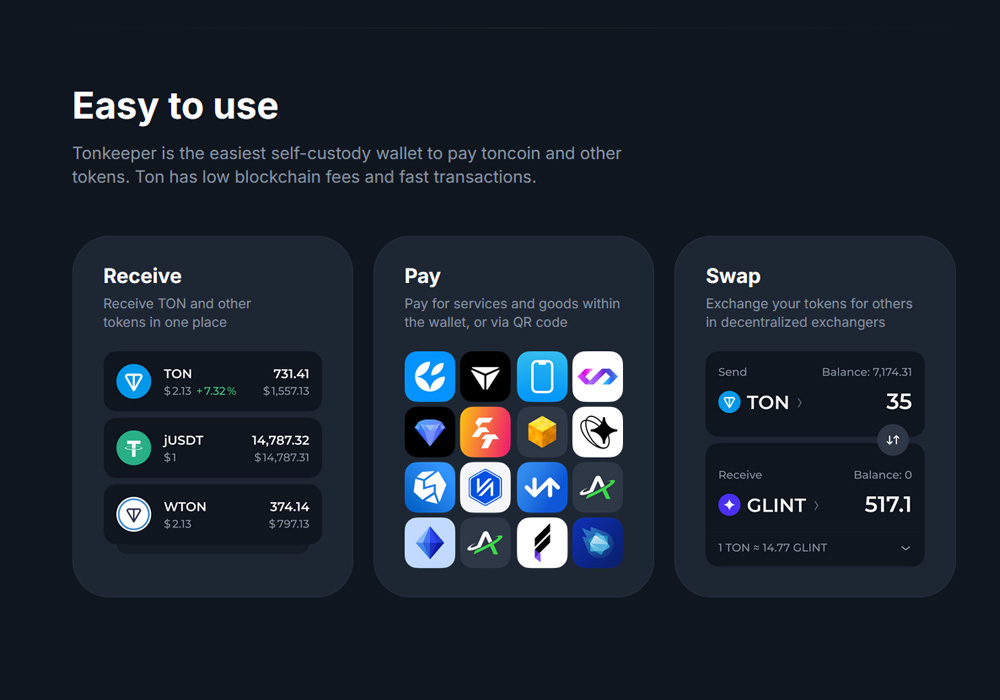
Wallet-native UX inside Tonkeeper: token management, payments, and swap without external redirects (Source: Tonkeeper interface)
The impact is most clearly illustrated by Notcoin, the breakout Telegram-native miniapp that redefined what viral growth in Web3 can look like. By launching fully integrated inside Tonkeeper, Notcoin eliminated the common drop-off points associated with Web3 onboarding. There were no third-party wallets to install, no browser redirects to approve. Users simply tapped a link in Telegram, and within seconds, they were actively earning Notcoin tokens inside a familiar wallet interface.
This ultra-streamlined experience helped Notcoin scale to over 35 million users in just three months, with day-one retention rates that far exceed typical Web3 products. Its viral loop wasn’t powered by tokenomics alone, it was powered by frictionless UX, delivered through wallet-native design.
In contrast, many traditional dApps, even well-funded ones continue to bleed users at every interaction step. Manual wallet connections, sign-in approvals, and insecure browser flows may still be acceptable for seasoned crypto users, but they’re dealbreakers for the broader mobile-first audience Web3 hopes to reach.
2. Use Telegram Bots as Pre-MiniApp Funnels
While miniapps offer richer features and wallet-native UX, Telegram bots remain one of the most effective onboarding tools especially for reaching non-crypto-native users. Their simplicity, speed, and built-in virality make them ideal for initiating lightweight engagement before gradually introducing more advanced Web3 mechanics inside a miniapp.
Bots work because they mirror familiar chat-based patterns. With just a few taps, users can start earning in-app currency, claim rewards, or participate in daily quests all without needing to connect a wallet, understand blockchain, or leave the Telegram interface. This frictionless entry is critical in attracting the first wave of users and creating behavioral momentum.
Once users develop a daily habit of checking in, tapping, inviting friends, they can be guided into the miniapp, where deeper value lies: token claims, NFT upgrades, wallet integrations, or staking functions. The miniapp becomes the second stage of the funnel, not the first. This sequencing lowers bounce rates and increases lifetime engagement.
Hamster Kombat is a textbook example. It began with a simple Telegram bot game: users tapped to earn coins, completed upgrades, and climbed leaderboards. Without requiring any blockchain knowledge, it amassed millions. Only later were users introduced to the miniapp, where token utilities and wallet-based features added depth. This phased approach helped Hamster Kombat surpass 60 million users the majority of whom started from a single bot interaction.

Hamster Kombat bot interface inside Telegram, showing tap-to-earn gameplay and daily quests without wallet connection (Source: Hamster Kombat)
Other miniapps such as TapSwap and Yescoin also adopted this funnel strategy. Their bots initiated low-commitment interactions, collected user data (via Telegram ID), and gradually transitioned users to full-featured wallet-native miniapps all within a familiar chat-based flow.
This layered design solves a key challenge in Web3 growth: bridging the gap between mass-market attention and crypto complexity. Bots generate reach and habit. Miniapps capture value and retention.
3. Build On-Chain Incentive Loops That Scale Themselves
One of the defining advantages of Web3 over traditional app models is its ability to tie user engagement directly to ownership and rewards. But many miniapp builders still fail to fully leverage this. They implement “points,” “badges,” or gamified UX but leave the value off-chain, where it’s easily forgotten and rarely compels true commitment.
The smarter approach is to anchor your incentive systems on-chain, using TON’s lightweight smart contract infrastructure. Done right, this doesn’t just reward users, it transforms them into stakeholders, driving organic growth through viral mechanics that require no ad spend.
A well-designed on-chain incentive loop typically unfolds through four connected dynamics:
- Users perform meaningful actions, such as daily check-ins, referrals, or in-app upgrades.
- Each action triggers a reward, recorded directly on-chain as tokens, NFTs, or non-transferable badges.
- These assets become visible and socially valuable, often through public leaderboards, shareable profiles, or unlockable privileges.
- Visibility reinforces behavior, encouraging users to return not just to play but to protect and grow their on-chain presence.
Over time, this loop strengthens user retention, increases lifetime value, and fuels organic growth without paid acquisition. The more users earn and display, the more others want to join, turning incentives into a built-in distribution engine.
Another important layer: by issuing TON-based rewards, miniapps also benefit from interoperability within the broader TON ecosystem. A token earned in one miniapp might eventually be staked, swapped, or used in another, multiplying both utility and exposure.
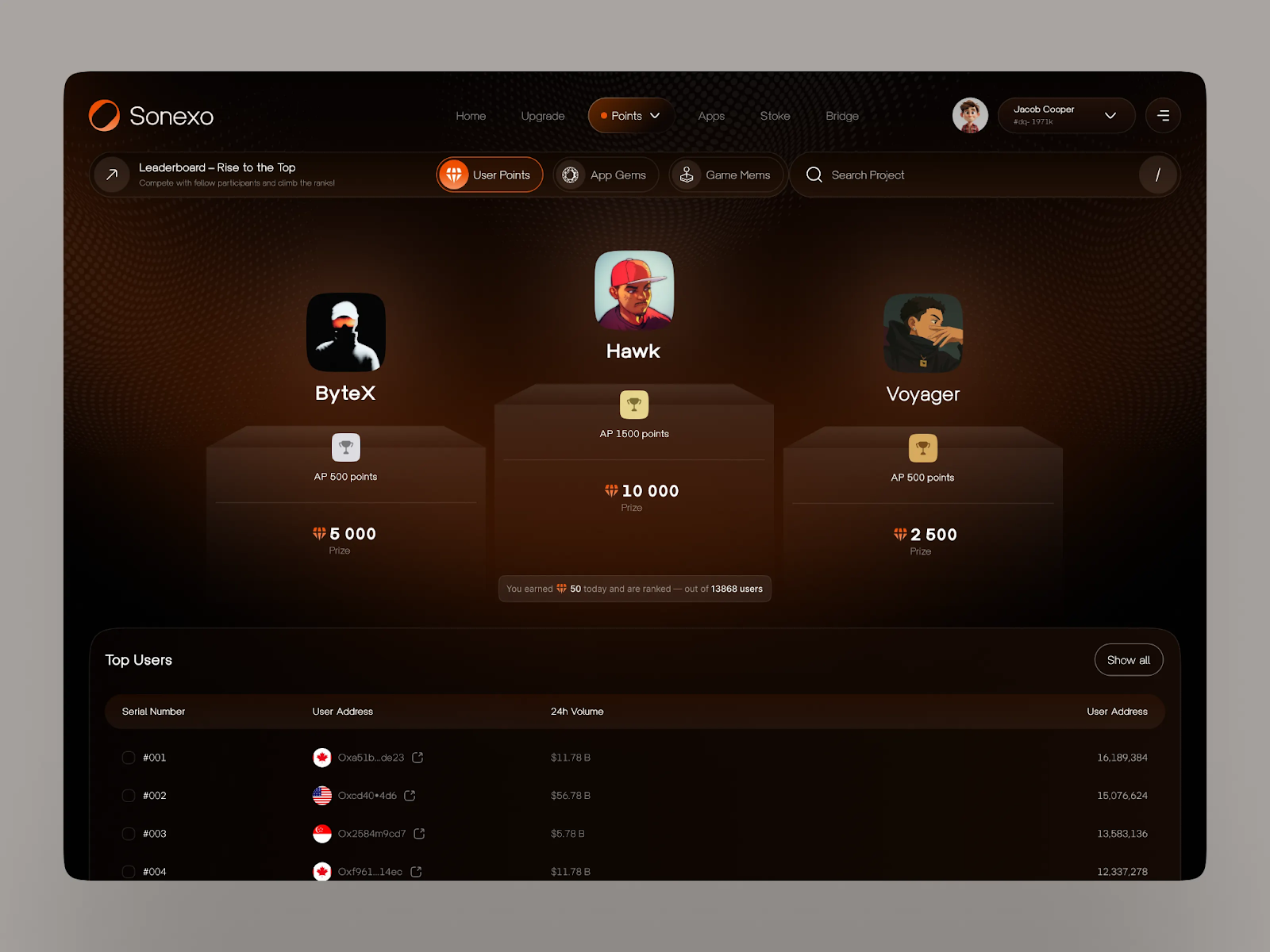
On-chain leaderboard with wallet-linked rewards creates visibility and reinforces behavior in Web3 miniapp incentive loops (Source: Sonexo)
And because TON transaction fees are negligible and settlement time is near-instant, even micro-reward mechanisms (like tapping, voting, reacting) can be embedded without performance trade-offs, something Ethereum or even Solana-based miniapps still struggle to offer at scale.
The lesson here is not just to reward users, but to let the blockchain remember it to create a ledger of loyalty. This subtle shift turns engagement into equity. And when users feel they’ve earned something not just “played”, they become your most powerful growth engine.
4. Launch with TON Ecosystem Momentum
The success of a miniapp on Telegram often depends not just on product quality, but on timing and ecosystem alignment. While some teams launch in isolation and struggle to gain traction, the most successful projects scale fast by leveraging the TON ecosystem’s growth programs, token events, and coordinated campaigns.
TON Foundation actively supports developers through grants, launchpads, and featured listings, offering both funding and visibility. Miniapps that align their roadmap with these initiatives benefit from early exposure, press coverage, and direct access to millions of Telegram-native users who already hold TON-compatible wallets.
TapSwap is a prime example of ecosystem timing done right. It launched during the viral wave triggered by Notcoin’s token generation event (TGE), capitalizing on heightened community engagement and increased wallet activity. Combined with an aggressive social campaign and Telegram-native UX, TapSwap grew from 10 million to 27 million users in under a month largely driven by the TON ecosystem’s attention funnel.
TON also runs hackathons, developer grants (up to $500K), and cross-promotion with high-traffic channels, making it possible for miniapp teams to reach users at scale without paid marketing. These opportunities are especially valuable for early-stage projects looking to validate quickly and build network effects from day one.
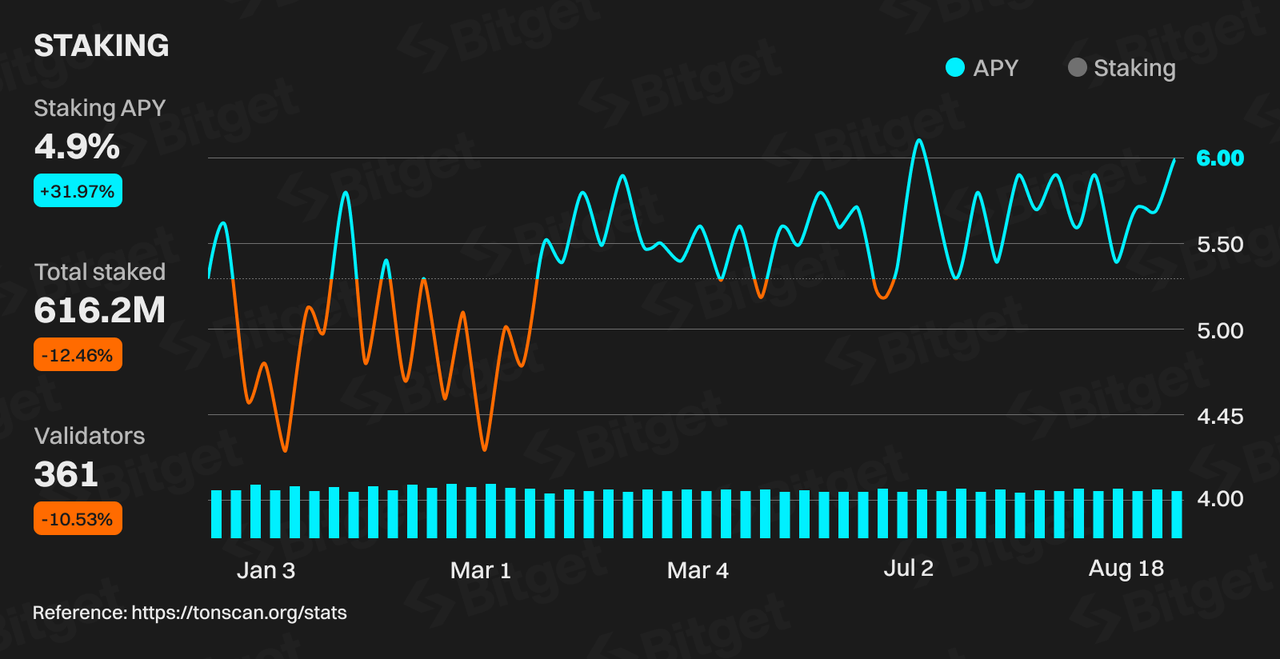
Staking growth and APY of TON network on TONScan (Source: TONScan)
Aligning with the TON roadmap also unlocks better support from SDK improvements to technical mentorship and ensures that your miniapp is not just “on TON,” but part of TON’s strategic push into mainstream adoption.
To explore which platforms are rising fastest within this ecosystem, see our breakdown of the top Web3 miniapp platforms driving growth on Telegram & TON.
5. Design for Telegram Culture
Miniapps that thrive inside Telegram aren’t just technically integrated, they’re culturally native. They don’t try to replicate Web3 dApps inside chat. Instead, they speak the language of Telegram users: fast loading, playful tone, and zero disruptions.
Speed is non-negotiable. On mobile, if your miniapp takes more than two seconds to load, users leave. The most viral projects like Yescoin and PixelTap open instantly, use intuitive gestures, and deliver immediate feedback with every interaction. They mirror the rhythm of Telegram itself.
Design also matters. Users expect dark mode, emoji reactions, inline buttons, and chat-like flows not cluttered dashboards or Web3-specific terminology. Avoid forcing users to “connect wallet” or “approve transactions” in early interactions. These prompts should come only when users are already engaged, not as a gateway.
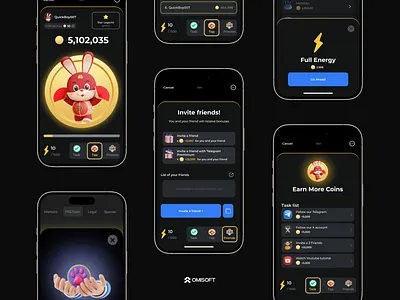
Telegram miniapp UI with gamified design and native interaction (Source: CMSoft UI showcase)
Tone plays a surprising role too. Telegram-native users respond better to humor, memes, and status rewards than formal UI. A well-timed sticker, viral challenge, or leaderboard push can outperform token incentives when executed well.
What miniapps must avoid is context switching. Redirecting users to external browsers or separate apps creates drop-offs and breaks the experience. The most successful products keep everything from tapping to claiming tokens within the Telegram and wallet-native interface.
This isn’t just about aesthetics. It’s about building trust, flow, and habit in a space where users already spend hours each day. The closer your UX feels to Telegram, the faster your miniapp scales not because it’s Web3, but because it feels familiar.
Conclusion
The next wave of Web3 adoption won’t come from complex dApps or abstract protocols. It will come from products that feel native, move fast, and meet users where they already are. Telegram and TON together offer the most powerful stack for this shift combining viral distribution, wallet-native UX, and on-chain ownership into one seamless environment.
But tapping into this opportunity isn’t just about launching a miniapp. It’s about deploying with the right UX, funnel, incentive model, and ecosystem timing all aligned with how Telegram-native users behave and grow.
At Twendee Labs, we help visionary teams design, launch, and grow Telegram-native miniapps that move fast, retain users, and go viral across TON. From UX strategy to smart contract architecture and full-cycle development, we help you ship what sticks without guesswork.
Connect with us on LinkedIn or X to explore how Twendee can support your transformation: Twitter & LinkedIn Page




